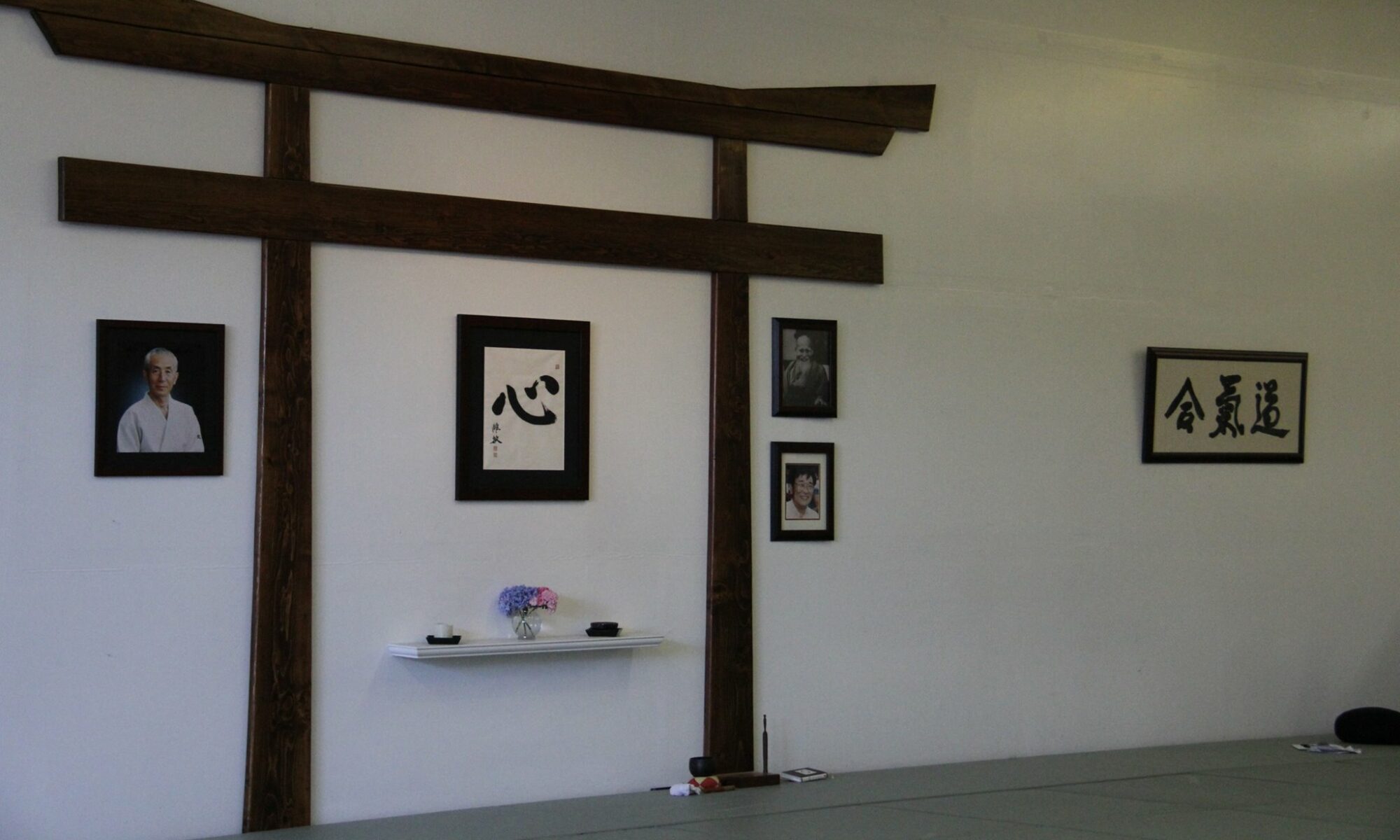We come to our dojo to train so that we’re better able to apply the principles of aikido in our daily lives…
Have you ever heard the phrase: “the right thing is not always the easy thing?” On many different levels, this is something that seems to be a theme that’s swirling around in public discourse lately. Whether it’s in politics, business, education, family life, or at the dojo, doing the right thing when it’s the harder thing is challenging. In a recent Aikido class, the instructors were talking about bushido- the samurai code of conduct which includes a principle of doing the right thing no matter how hard it is (and seriously they were harsh about this). In our practice, we undertake Aikido training to become accustomed to making the harder choice so that it’s easier for us to do in daily life. Consider, for a moment, making the choice to attack someone when you know they’ll hurl you to the ground…
Building a solid martial practice in our lives requires us to push ourselves to do hard things in the dojo and to do those hard things with awareness and presence. This training helps us all do a better job of this when we’re outside the dojo. By engaging in activities that push us physically, mentally, and maybe socially in daily life in Olympia, we begin to get more in touch with our community – we begin to see who is living in their cars, we begin to see who’s trying to make ends meet in the subsidized housing, we begin to see who’s packing their kids and groceries onto a public bus.
We see more of these things because we are becoming more comfortable with our own discomfort and better able to set aside the defenses that protect us from our reality. This is important because if we are going to conduct our lives in harmony with others, we have to be able to view the world around us without self-deception. We all recognize that there is a lot of suffering in the world and we have a great deal of privilege. By taking ukemi and approaching Aikido as a way to polish our spirit we can become models of doing the right thing especially when it’s the harder thing.
By Nate Weed

